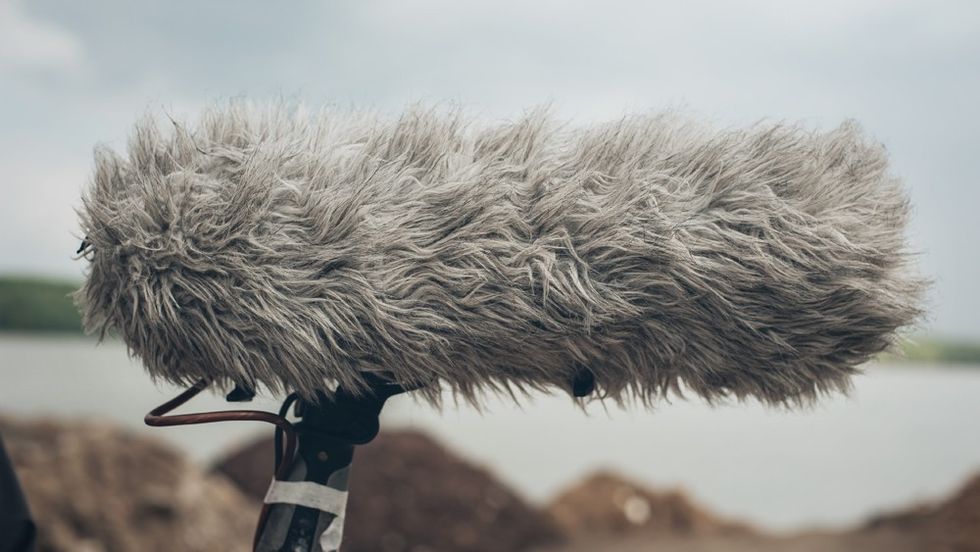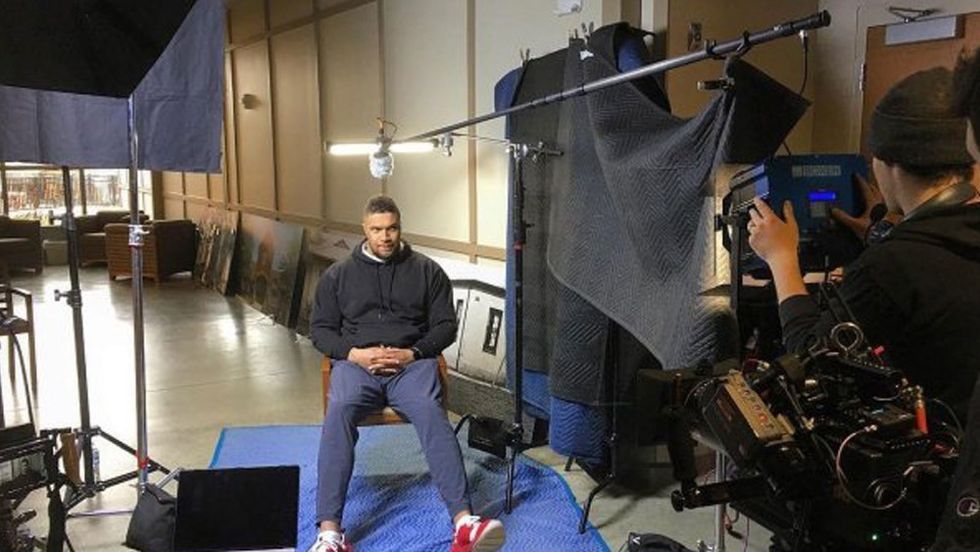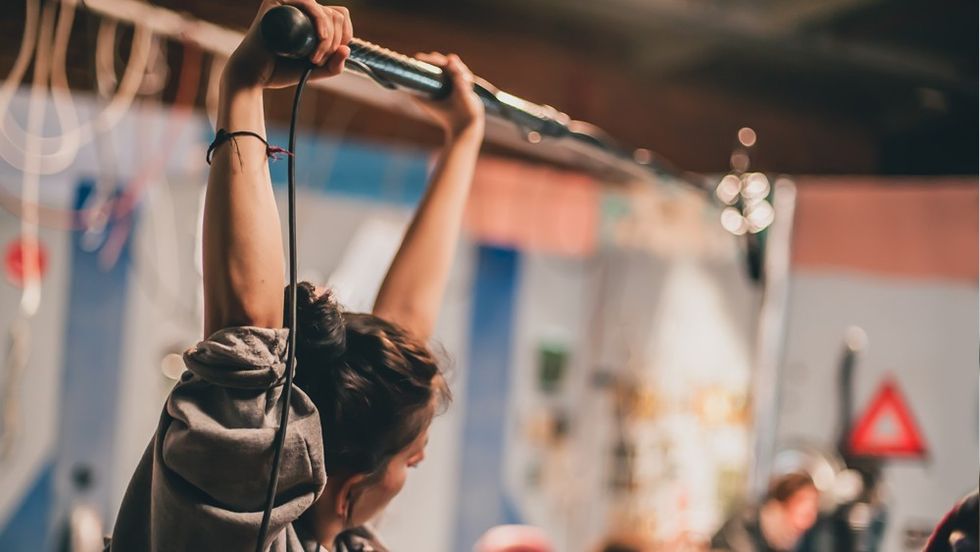How to Choose the Right Microphone for Different Scenarios
Use our guide to find out the differences between microphone types and how to use them.
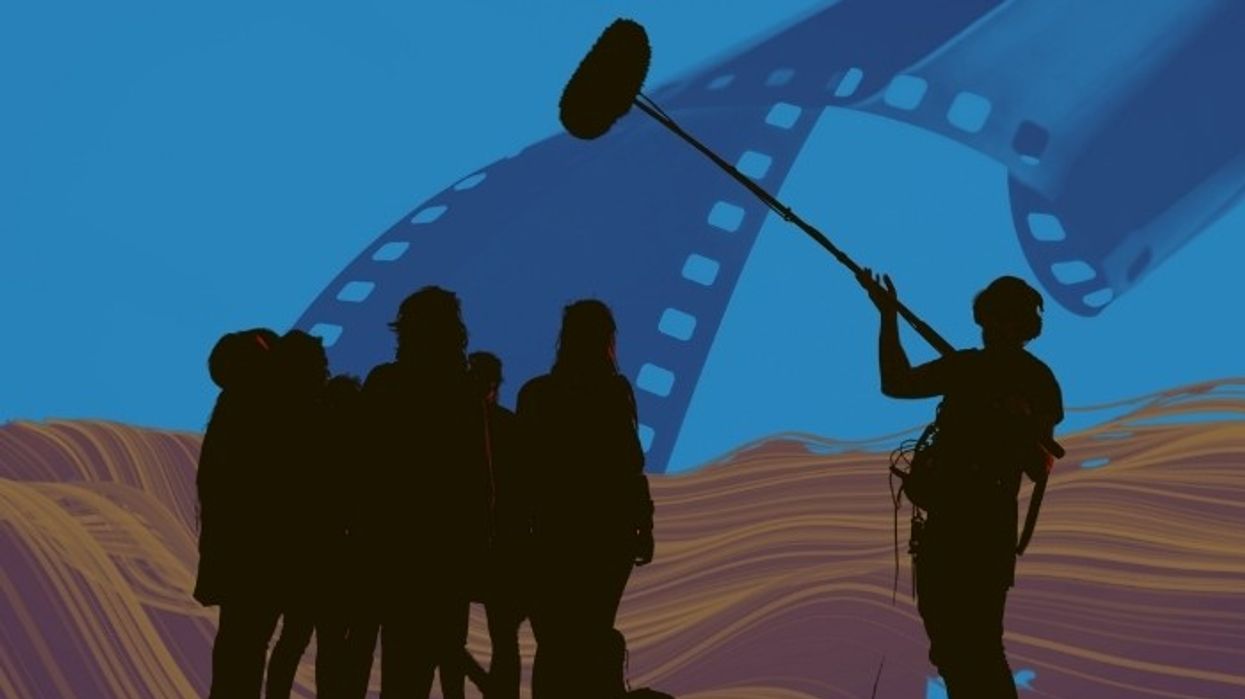
One thing that will make the biggest difference in the quality of your recordings is knowing how to choose the appropriate microphone for each scenario you encounter. There are several microphone types available, and each one has different strengths. Understanding how to use them will go a long way in recording the cleanest sound possible.
Let's dive in!
Microphone Types
Generally speaking, there are four types of microphones: dynamic, condenser, ribbon, and lavalier. Each type has different characteristics, including a polar pattern.
Simply put, the polar pattern of a microphone is how the audio will be picked from different directions. Similar to the layout of a house, a microphone can choose to put up different "walls" to reject sound from entering a given side.
Common polar patterns are cardioid, omnidirectional, bi-directional, and lobar. More on polar patterns later on.
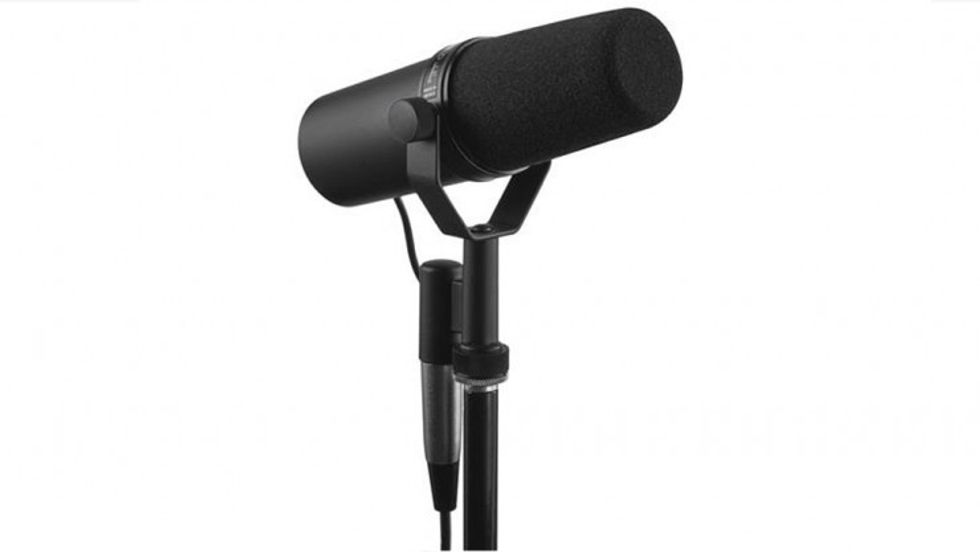
Dynamic Microphones
Dynamic microphones work using a moving coil (much like a speaker) to convert vibrations into an electrical signal. Known for being rugged and handling high volume sources, dynamic mics are completely passive in nature. When compared to condenser mics, they have a much slower transient response since it requires more energy to move the coil. This can be flattering in most instances, but in others, the sound can lack detail.
Dynamic mics are typically used for vocal recordings, like on a podcast, concerts, or stand-up comedy. They're also extremely durable and perfect for recording percussion instruments like drums and guitar amplifiers.
Dynamic mics generally have a cardioid pattern, which is a pattern that picks up sound in the direction it's pointed and rejects any sound coming from behind. Below are some example of dynamic mics:
Typically, dynamic mics are great to use for many vocal applications, but be aware—they are not as accurate as a condenser mic.
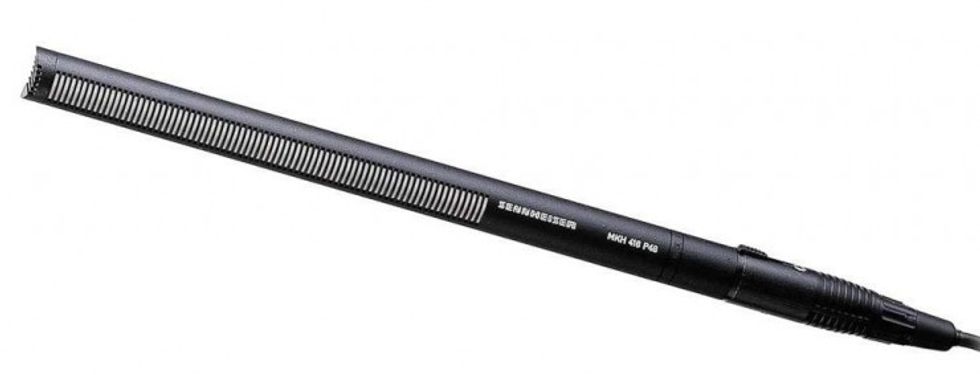
Condenser Microphones
Condenser mics (sometimes called capacitor microphones, since their diaphragm is a capacitor that varies in capacitance based on the interaction with sound vibrations) yield an extremely detailed and rich sound. Their inner-workings are more complex than their dynamic counterparts, which can make them more fragile and a bit more expensive.
In terms of sound quality, they're much clearer in comparison to a dynamic mic and are more balanced, accurate, and powerful. Because of that, condenser microphones can also be more sensitive, so things like handling noise can easily be picked up from the recorder. To our ears, they reproduce the most life-like sounds of any type of microphones. Most require some sort of power as well, either through a battery or an external source like 48V phantom power.
Shotgun mics and on-camera microphones, like the RØDE VideoMic and Shure VP83, are also condenser microphones.
Condenser mics fall under two categories: large diaphragm or small diaphragm. Each diaphragm can have a different polar pattern, including cardioid, omnidirectional, and bi-directional. Let's take a look at each.

Large Diaphragm Condenser Mics
Having a larger diaphragm increases the sensitivity and inversely lowers the noise floor. Originally, large diaphragms were necessary to overcome the noise floor of the tube circuitry of the time.
As technology improved, the noise floor became less relevant. As a result of the larger diaphragm, they tend to be a little more colored, especially when off-axis, than their small diaphragm counterparts. This coloration a lot of times is very flattering to the source, giving it a larger-than-life sound.
Popular large diaphragm mics include:
Large diaphragm mics typically have a flat frequency response with more low-end and low-mids and less high-end.
Small Diaphragm Condenser Mics
Small diaphragms are generally chosen for their transparent, true-to-life sound. Their main advantage is an increased transient response, especially for high-end frequencies. The mics will also have less coloration and off-axis bleed.
Most shotguns are small diaphragm condenser mics.
Their form factor makes them helpful for tight placements or on the end of a boom pole. Small diaphragm polar patterns generally remain more consistent over the frequency spectrum, yielding excellent results when used in stereo arrays.
Examples of small diaphragm mics include:
Typically, small diaphragms have a flat frequency response with more top-end than low-end.
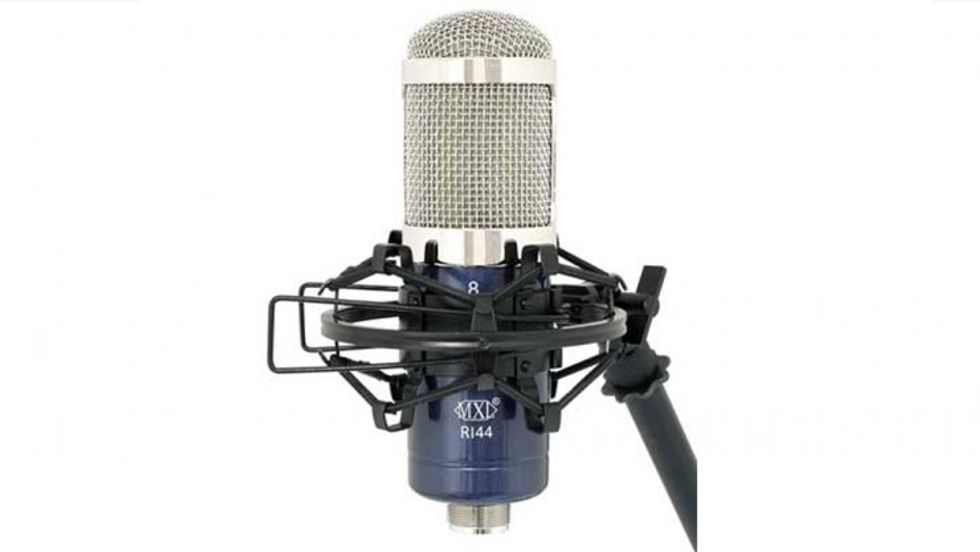
Ribbon Microphones
Among the first microphones ever developed, ribbon mics work similarly to dynamics, but instead of a moving coil, a thin aluminum ribbon is suspended between coils.
Ribbon mics are best known for having a subtle high-frequency roll-off that lends them to sounding warm when compared to other microphone types. This can help prevent especially bright sources from sounding harsh. One of the major disadvantages to ribbon mics is they are fairly fragile.
The majority of ribbon mics have a bi-directional polar pattern nature due to their design, but there are exceptions.
Common ribbon mics used today:
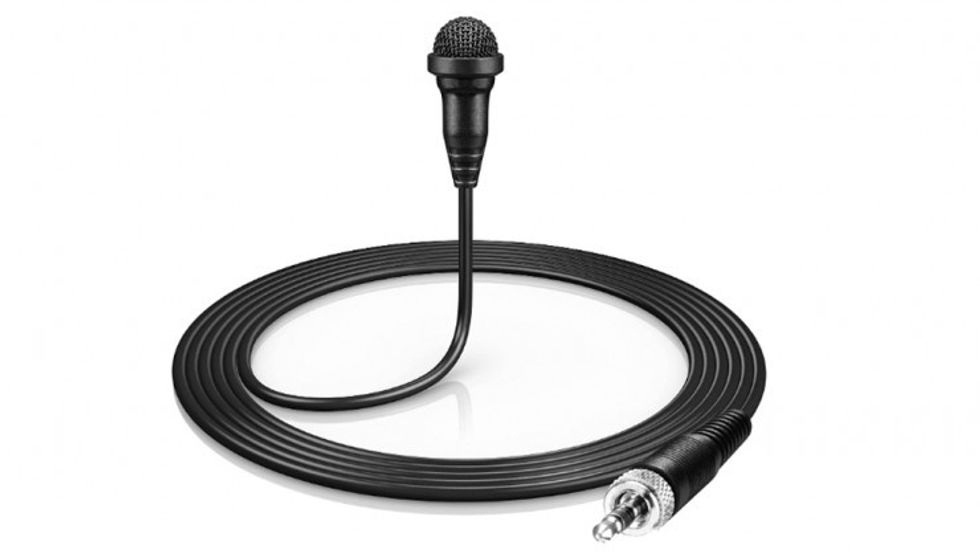
Lavaliers
While most lavaliers are similar to condenser mics, we consider them to be their own category, especially among filmmakers. They require a much different bias voltage and perform a bit differently due to their miniaturized design.
Generally used for recording dialogue with them hidden on talent, they occasionally make their way into music recording as well.
Today, lavs are being used with wireless transmitters, smartphones, and handheld recorders. They vary in size, come with different connection types, and vary greatly in quality. Our favorites include:
Polar Pickup Patterns
Understanding microphone pickup patterns can help mitigate problems at the source. Some examples are to help reject unwanted sounds, make tonal adjustments, or tailor stereo width.
There are several polar patterns, so let's highlight each one.
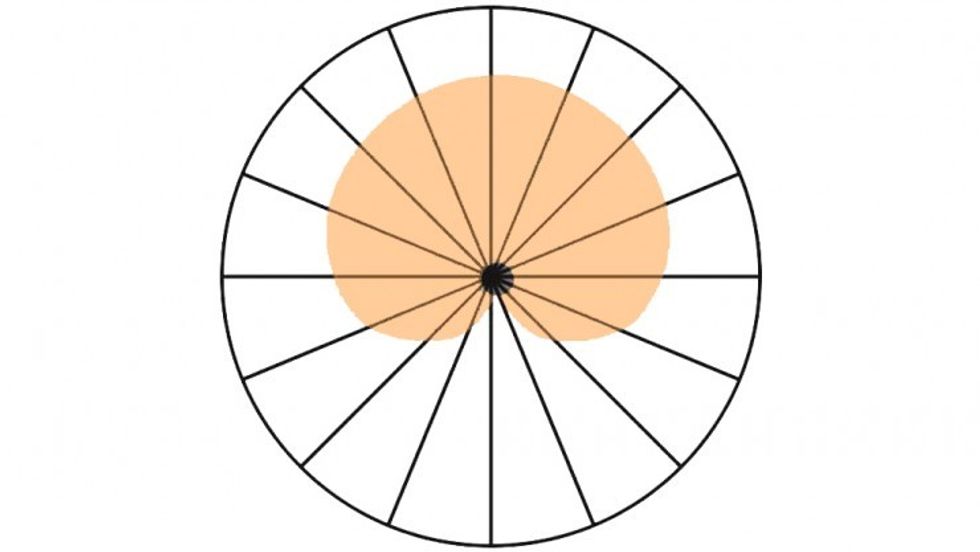
Cardioid
Cardioid is probably the most common pickup pattern you will encounter. Sometimes called unidirectional, it picks up from the front, and rejects from the rear.
For studio recording, more often than not, you’ll want to use this pickup pattern.
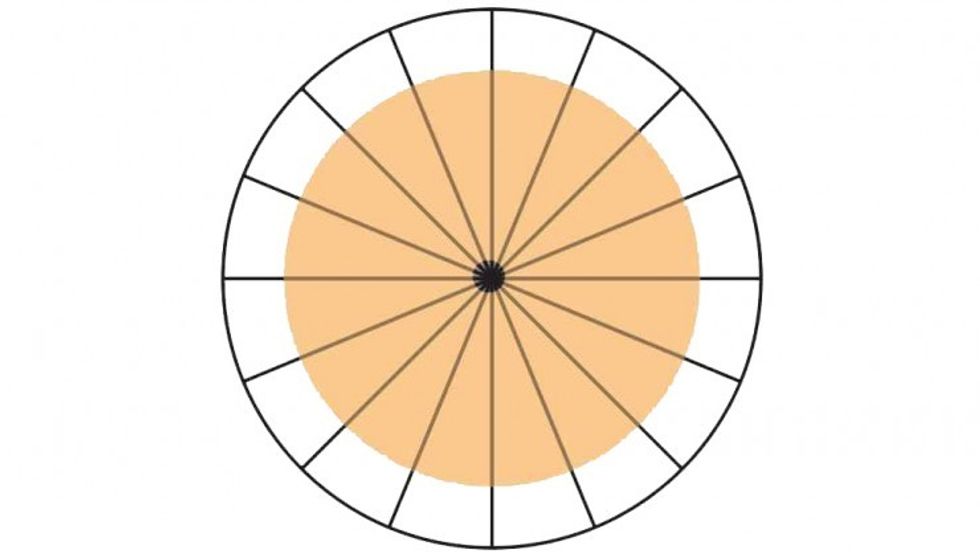
Omnidirectional
Omnidirectional mics pick up from all directions. Having a wide pickup pattern can be useful to prevent a moving source from going off-axis, or recording sounds coming from multiple directions.
As an effect of the omni pickup pattern, they don’t exhibit the proximity effect. This phenomenon can be extremely helpful when close micing sources, but you don’t want the added low bump from its proximity.
Most lavaliers you’ll encounter are omnidirectional, and this helps prevent head turns from affecting tonality. It also reduces handling noise.
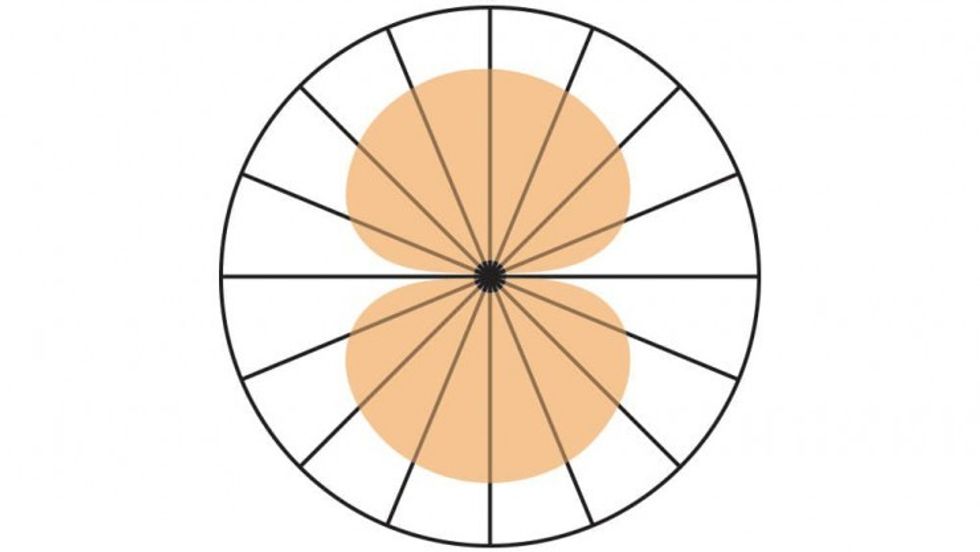
Bi-Directional
Bi-directional mics (also called Figure 8 mics) pick up from the front and the back while rejecting from the sides. Compared to omnidirectional, bi-directional mics experience the most proximity effect. This can be helpful if you are looking to add some body to the source.
When dealing with unwanted bleed, the side rejection having the deepest null of any pickup pattern is especially helpful.
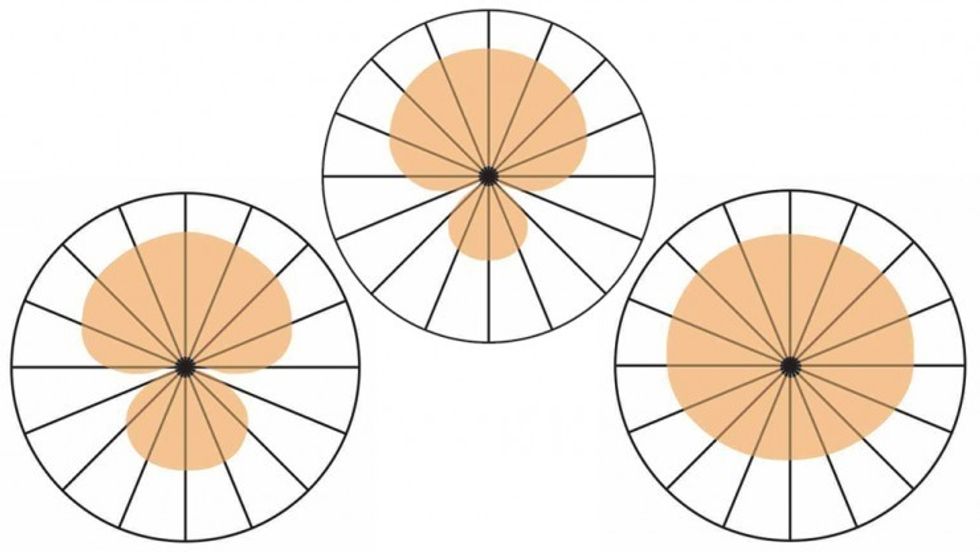
Hypercardioid, Supercardioid, and Wide Cardioid
Hypercardioid and supercardioid are the patterns between cardioid and bi-directional, yielding a narrower pickup than cardioid with only a little bit of rear pickup.
On the other hand, wide cardioid sits between cardioid and omnidirectional.
Lobar
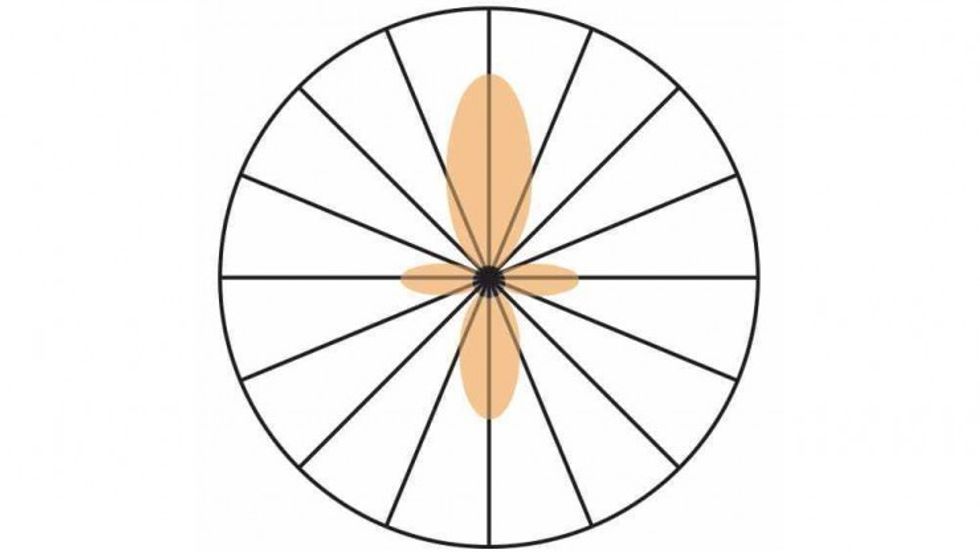
Lobar is a pattern usually found on shotgun microphones only. It has the highest possible directivity. They're often referred to as supercardioid/lobar or hypercardioid/lobar polar pattern, but keep in mind, the lobar pattern will be more directional than the above-mentioned hypercardioid and supercardioid patterns.
Since shotgun mics use an interference tube to make their pickup pattern even more narrow and focused, lobar patterns are quite common.
Shotguns work well for recording dialogue outdoors, as they handle rejecting sounds from their surroundings better than other pickup patterns.
Common Use Scenarios
What and where you're recording will determine what mic you choose.
Here are a few common scenarios for recording sound for film. There are no hard and fast rules, and as long as there is solid reasoning behind your choice, it will likely work out.
Films & TV Shows
With sound for film, you are constantly recording in different environments. Capturing clean dialogue is the utmost concern of a production sound mixer, so tailoring the mics to each situation is essential.
Exterior Dialogue
If you are lucky enough to have a very quiet outdoor location, recording dialogue outside can be a real dream. There are no acoustics to get in the way, so most of the problems you are fighting are noise-related.
Outdoor sounds are hard to control, so having an incredibly narrow pickup pattern helps isolate the sounds you are trying to capture from the ones you aren’t. This is where shotgun microphones shine.
A few examples that stand out are the DPA 4017, Schoeps CMIT 5U, Sennheiser MKH-416, and RØDE NTG5.
Interior Dialogue
A well-placed boom will always have a better quality of sound than a lavalier.
For capturing dialogue indoors, we like supercardioid or hypercardioid mics. With their narrow pickup pattern, it can help downplay acoustic problems and unwanted sounds.
For scenes that require a lot of panning on the boom, a cardioid mic can make it easier to avoid missing lines. It's best to try and avoid shotguns indoors, since the interference tube and rear pickup can bring out more early reflections and comb filtering. But again, a well-placed shotgun can still work indoors.
Wide Shots
Wide shots are where lavs attached to wireless transmitters really shine. While more susceptible to clothing rustle, they can be a lifesaver when the framing doesn't allow you to place an overhead boom into a shit shot.
That said, it's always a good idea to still record the boom from a distance as it gives post an option and helps with perspective.
High Noise Environments and ENG Interviews
When you have boots on the ground to report the news, red carpet events, trade shows, or other high-noise scenarios, dynamic mics are going to perform best when isolating background noise.
Omnidirectional polar patterns work great for reporters and event interviews, because no matter how they hold the mic, they will be on axis with a consistent tonality.
While omni dynamics do a fair job with noisy environments, for even higher noise handling like a sporting press event, a switch to a cardioid polar pattern will help better reject noise.
Summary
No matter the type of production or location, whether it be interior or exterior, there is a microphone worth considering. Keep in mind, these rules are not dogma, but rather suggestions based on experience and what normally works best.
If you only have a lavalier for your production, that's okay. Just be smart. Check how it sounds after wiring up your talent.
And don't just check it through headphones. Literally, record a take and play it back. You never want to walk away from a production with bad audio. Otherwise, you'll be stuck doing ADR, or worse, reshoots.
Have a favorite microphone you like to use? Let readers know about it in the comments.
For more, see our ongoing coverage of Sound Week 2020.
No Film School's podcast and editorial coverage of the Sound Week 2020 is sponsored by RØDE.

